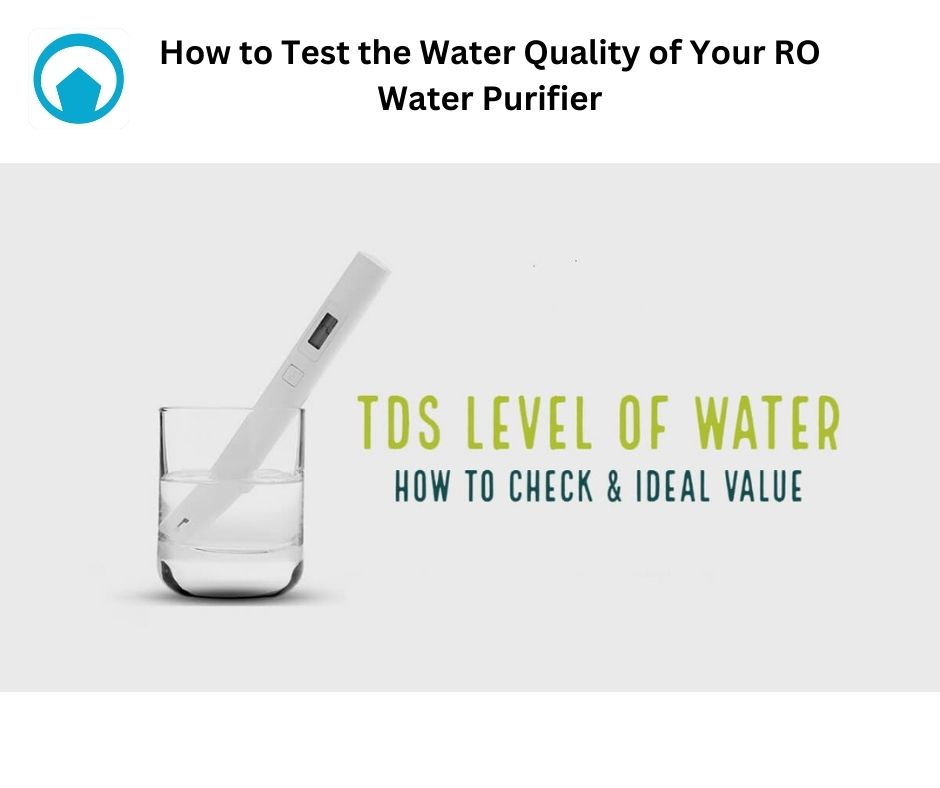Introduction:
Water is an essential resource, and ensuring its quality is crucial for maintaining good health. Reverse osmosis (RO) water purifiers are widely used to remove impurities and provide clean drinking water. However, it's important to regularly test the water quality from your RO system to ensure it is functioning optimally.
Gather the Necessary Equipment:
To test the water quality of your RO water purifier, you'll need a few basic tools and test kits.
Here's a list of essential equipment:
Water testing kit:
Choose a comprehensive kit that includes tests for pH, total dissolved solids (TDS), hardness, chlorine, and any other specific contaminants you are concerned about. Clean containers: Use sterile containers to collect water samples for testing. Thermometer: Some test kits may require temperature readings, so having a reliable thermometer is useful.
Understand the Parameters to Test:
Before you begin testing, it's important to understand the key parameters you should check in your RO water, including: pH level: pH measures the acidity or alkalinity of water. The ideal pH range for drinking water is typically between 6.5 and 8.5. TDS: Total Dissolved Solids refers to the concentration of inorganic salts, minerals, and other dissolved substances in water. Lower TDS levels indicate purer water. Hardness: Measures the concentration of minerals, primarily calcium and magnesium. High hardness levels can lead to scaling and affect the taste of water. Chlorine: RO systems usually remove chlorine, but it's still worth checking to ensure the system is functioning correctly.
Collect Water Samples:
*Follow these steps to collect water samples for testing: Start by turning on your RO water purifier and allowing it to run for a few minutes to flush out any stagnant water. Choose a clean container and rinse it thoroughly with the RO water. Collect a sufficient amount of water in the container, ensuring it is free from any external contamination.
Perform the Water Quality Tests:
Using the instructions provided with your water testing kit, perform the tests for each parameter you wish to measure. Follow these general steps:
Test pH: Dip the pH test strip or use the pH meter in the water sample. Compare the color change or readings to the pH chart provided with the kit.
Measure TDS: Fill the TDS meter with the water sample, and after a few seconds, note the TDS reading displayed. Compare it to the recommended TDS levels.
Determine hardness: Use the hardness test kit according to the instructions provided to measure the concentration of minerals in your water.
Test for chlorine: Follow the specific instructions in your water testing kit to determine the presence or absence of chlorine.
Interpret the Results: Compare the results of each test to the recommended guidelines for safe drinking water. If any parameter falls outside the acceptable range, it may indicate an issue with your RO water purifier. Common issues can include a malfunctioning RO membrane or the need for maintenance or replacement of certain components.
Conclusion:
Testing the water quality of your RO water purifier is an essential step in ensuring the safety and purity of the water you consume. By following the steps outlined in this blog post, you can easily assess the pH, TDS, hardness, and chlorine levels in your RO water. Regular testing and proper maintenance will help you identify and address any issues with your RO system, allowing you to enjoy clean and healthy drinking water.
